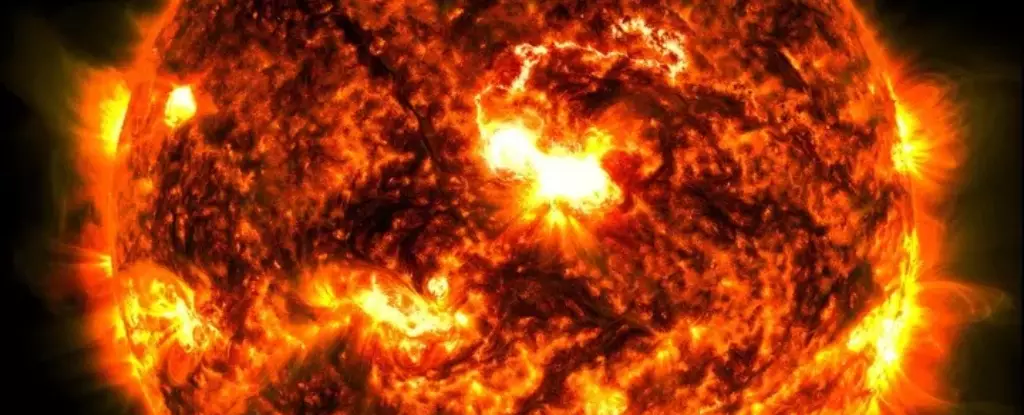As inhabitants of planet Earth, we often overlook the profound influence that our star, the Sun, exerts upon us. One such influence comes from coronal mass ejections (CMEs), massive bursts of solar wind and magnetic fields rising above the solar corona or being released into space. These solar activities can have significant implications for our technology and environment here on Earth. Recent predictions from U.S. space weather forecasters indicate that a CME is set to strike Earth, presenting an opportunity to analyze not only its potential effects, but also the cyclical nature of solar activity.
CMEs are not merely abstract concepts; they are tangible events resulting from the Sun’s complex magnetic dynamics. Ejecting vast amounts of plasma, they can travel at staggering speeds—up to 2.5 million miles per hour—charging through space toward Earth. When these charged particles collide with the Earth’s magnetosphere, they can instigate geomagnetic storms. The power of these storms varies, with a recent classification indicating the upcoming event could reach a G4 level on a scale that goes to G5. This level of intensity is significant, as G5 storms can cause widespread disruptions. However, predicting the exact impact of such solar activities remains a challenge, typically becoming clearer only moments before arrival.
The timing of this CME is especially notable, as it coincides with a period of elevated solar activity within the Sun’s 11-year cycle. Scientists noted that the most potent geomagnetic storms in recent decades occurred earlier this year, resulting in spectacular auroras visible even in regions not traditionally known for their nighttime displays. As this current event approaches, it raises expectations for sightings of similar natural displays across a broad geographic area—including as far south as states like Alabama. The beauty of auroras is heightened by their unpredictability, aligned with the chaos of solar dynamics.
While observing these stunning auroras can be a joy for many, the implications of CMEs extend beyond pure aesthetics. Geomagnetic storms can disrupt essential technologies, from satellite communications to electrical grids. The infamous “Halloween Storms” of 2003 serve as a stark memory of the damage solar activity can inflict. During those nights, power outages occurred, and systems were hindered, revealing just how vulnerable our technology is to solar events. Current forecasts warn of similar consequences, with potential interruptions to GPS systems making them particularly relevant for sectors like agriculture, where precision is paramount.
In light of the upcoming CME, agencies such as FEMA and power grid operators have been alerted to ready their contingency plans. The responsibility for mitigating any fallout from these cosmic disturbances is taken seriously, particularly given the pressures on emergency services from contemporary natural disasters. By engaging in thorough preparation, we can minimize the impact of solar activity on society’s infrastructure, ensuring that necessary measures are taken to protect against electrical interruptions and maintain operational functionality.
For those lucky enough to be in positions favorable for aurora viewing, especially in regions where city lights do not obscure the dark sky, this is an event not to be missed. Enthusiasts are encouraged to utilize technology to document the experience, as modern digital cameras can often capture auroras more effectively than the human eye alone. Observing this celestial phenomenon provides a reminder of humanity’s connection to the broader cosmos while prompting reflection on our planet’s vulnerability to its solar neighbor.
The impending CME serves as a reminder of the delicate interplay between celestial bodies and Earth. As we stand on the brink of witnessing the resplendent auroras lighting up the sky, we are also reminded of the significant ramifications of solar events for our technological landscape. Striking a balance between awe for these natural spectacles and awareness of their potential dangers is essential for navigating our technologically reliant world. As we advance, understanding and preparing for such phenomena will become increasingly vital in our relationship with the universe that surrounds us.


Leave a Reply